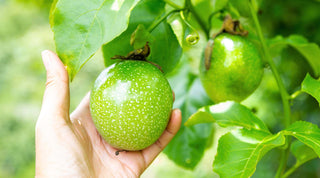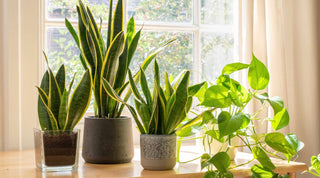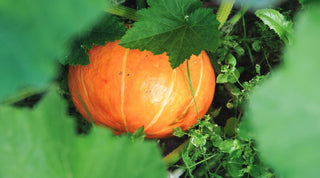Herb gardening with these versatile plants not only enhance culinary dishes but also beautify gardens and have a variety of health benefits.
Gardening enthusiasts often find a special joy in growing herbs. This guide will dive into the essentials of herb gardening, helping you turn a small patch of your garden, or even a windowsill, into a bountiful herb haven.

Getting Started: Choosing Your Herbs
Begin by selecting herbs that you frequently use in cooking or those known for their medicinal properties. Popular culinary choices include basil, parsley, rosemary, thyme, and cilantro, while lavender, chamomile, and mint are known for their therapeutic qualities. Consider your local climate and the amount of sunlight your garden receives. Most herbs thrive in well-drained soil and need about six hours of sunlight daily.
Planting Your Herbs
You can start your herb garden using seeds or young plants from a nursery. If using seeds, sow them indoors in pots a few weeks before the last frost date. Once the seedlings have grown and the weather is warmer, transplant them outdoors. When planting, give each herb enough space to grow; overcrowding can lead to poor air circulation and increase the likelihood of disease.
Soil and Watering
Herbs generally prefer well-drained soil. Enhance your garden soil by mixing in compost or organic matter. This not only improves drainage but also adds nutrients. Water your herbs regularly, but be careful not to overwater, as this can lead to root rot. The key is to keep the soil moist but not soggy.
Sunlight and Location
The ideal location for an herb garden is a spot that receives plenty of sunlight. However, if you live in a region with hot summers, some herbs may benefit from afternoon shade. Herbs like basil, rosemary, and thyme love the sun, while parsley and mint can tolerate more shade.
Fertilizing
Herbs do not usually require a lot of fertilizer. Over-fertilizing can diminish the flavor and aroma of the herbs. If necessary, use a light, organic fertilizer once or twice during the growing season.
Regular Harvesting
Regular harvesting encourages more growth. Pick leaves as needed, but never remove more than one-third of the plant at a time. For herbs like basil, pinching off the tops helps the plant to become bushier and produce more leaves.
Pest and Disease Control
Herbs are relatively resistant to pests and diseases. However, it's important to watch out for common issues like aphids and fungal diseases. Most problems can be prevented or managed through proper spacing, adequate sunlight, and well-drained soil. If pests do appear, use organic pest control methods like neem oil or insecticidal soap.
Winter Care
In colder climates, some herbs like rosemary and thyme can survive the winter outdoors with proper mulching. Annual herbs, however, will need to be replanted each year. Consider transferring some herbs to pots and bringing them indoors during the winter months.
Enjoying Your Harvest
The joy of herb gardening is in the use of fresh herbs in your cooking. Experiment with different combinations to find flavors that you enjoy. Herbs can also be dried or frozen for later use.
Conclusion
Herb gardening is a rewarding endeavor that adds fresh flavors to your meals and beauty to your garden. With a little care and attention, you can enjoy a plentiful harvest throughout the growing season. Whether you are a seasoned gardener or a beginner, the world of herb gardening awaits with its myriad of flavors, fragrances, and health benefits. Start small, experiment, and watch as your garden and cooking transform with the simple yet profound addition of home-grown herbs.



